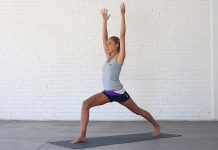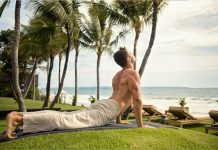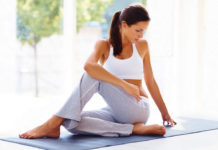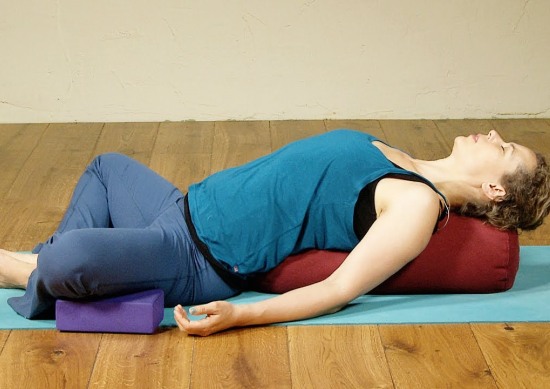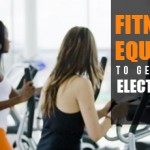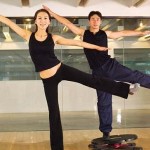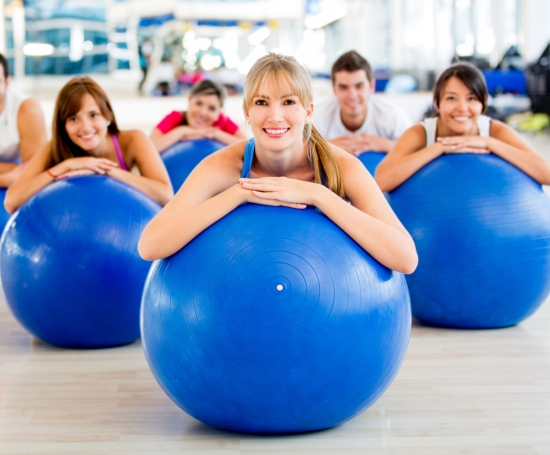Both yoga and Pilates have distinctive approaches to fitness and can provide significant benefits for the strengthening and conditioning of the body.
Yoga was developed five thousand years ago in northern India. Yoga was practiced and refined by Vedic priests, who documented the practice in their writings.
Yoga approach to exercise and conditioning focus on overall health. From its Hindu philosophical origins, yoga practice involves body, mind and spirit, and encourages you to seek balance in the way you live your life.
Yoga is the best time tested path to physical and mental well-being known to mankind. While some of them think that yoga is simply a physical exercise, it is actually a complete system for overall health and well-being. It includes personal hygiene, healthy diet, premeditation, physical postures, breathing and relaxation techniques.
Yoga asanas effectively stretch and strengthen your body. The benefits of yoga asanas come from the internal systems of the body. By stretching, twisting, flexing and bending in various postures, the oxygenated blood flows through the internal organs of the body.
Yoga asanas tone and soothe your nerves and regulate the endocrine system, which is responsible for the production of hormones. Yoga also improves your digestion and elimination, tone the reproductive organs and strengthen the respiratory system.
Yoga has produced a multitude of varieties that range from kundalini to iyengar to tantric though hatha yoga is the most popular form in the united states. The best candidate for hatha yoga is a person who appreciates time to slow down, meditate, and spend some time with oneself and does not become immediately discouraged by failure to master a pose.
Yoga requires patience and this can be developed through practice. The good thing about yoga is it does not require any extra equipment except yoga mat.
Compared to yoga, Pilates is a spring chicken in terms of age. Joseph Pilates, who was born in Germany and suffered frail health as a child, created the program. Pilates overcame his childhood sicknesses through exercise and began to create a system of physical development that would later become his legacy to the world.
Pilates are easier to understand and does not have any complicated movements. Pilates are usually straight forward. The movements tend to build strength quickly and you can see the results sooner than in yoga. Pilates focus mainly on cultivating core strength in the body and lengthening the spine.
If you are a pilates practitioner, you should be able to discipline yourself to complete your routine every day, which is a large part of the method. Attending classes is a great way to start but for good results, the method should be practiced daily to benefit your body.
Pilates does not require too many accessories but advanced practitioners add machines or tools to their collection in order to maintain a high level of fitness.
After a pilates workout, you may feel the difference in your abs, backs and legs. Pilates is an ideal workout for athletes recovering from injuries, pregnant women, or older people who may not have energy to do strenuous exercise. The benefits of pilates include assisting in aligning your body, strengthening your body, helping in rehabilitation of injuries, weight loss and increased energy levels.
Guidelines for practice of Pilates and yoga:
Since both forms of exercise utilize your mind, you are engaged throughout the entire routine. Whoever has practiced both exercises, they discovered that the exercises helped them increase focus and effectively strengthen their muscles.
- Practice yoga asanas on bare foot using a yoga mat or non slip surface for standing poses.
- Firm padding will be provided if you use a mat, rug or folded yoga blanket.
- Yoga postures such as inversions should not be done on full stomach. You may feel uncomfortable if you practice certain poses soon after eating and drinking.
- Wear comfortable clothing that allows you to move freely to perform asanas.
- If you feel weak or unsteady in a pose, come out of it. Slowly you will build up your strength and be able to hold the pose longer.
- The room should be well ventilated. You should have enough space to extend your arms and legs in all directions.
- You should focus on your breath, inhaling and exhaling completely through your nose, throughout your workout. Breathing balances and regulates energy within the body, strengthening your internal organs and boosting your resistance to any disease.

